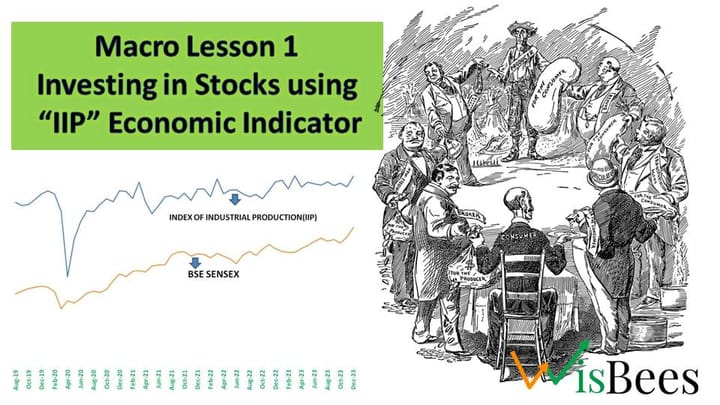"India's Services Exports Surplus Boosts Confidence in Rupee"

Key takeaways from the story:-
· India's trade deficit is reducing due to a decline in imports and an increase in services exports, providing a positive outlook for the rupee.
· Analysts are optimistic about India's current-account deficit, with Barclays and Citigroup revising their estimates down to 1.8% and 1.4% of GDP, respectively.
· The rupee is expected to strengthen as a result of the smaller current account deficit, reducing its reliance on foreign investments.
· Strong services exports, up 40% YoY, are contributing to the positive outlook, with India home to about 40% of the global Global Capability Centers (GCCs).
· While external sector fundamentals and cheap valuations are positive for the rupee, analysts remain cautious due to global volatility and the Reserve Bank of India's efforts to build back reserves.
Full Story:-
According to the Bloomberg analyst report, due to favorable trade trends that are benefiting the rupee, which has been among the weakest performers in emerging Asia this month, economists are revising their forecasts for India's current-account shortfall. Barclays Plc now expects the current account gap, which is the most comprehensive measure of trade in goods and services, to be 1.8% of gross domestic product in the year beginning on April 1. This is a revision from its earlier estimate of a 2.3% deficit in mid-February, which was subsequently reduced to 1.9%. Similarly, Citigroup Inc. has lowered its forecast to 1.4% of GDP from 2.2%, as there has been a steady decline in goods imports and strength in services exports.
The revised estimates are likely to benefit the rupee, which is susceptible to a sell-off due to the twin deficits in India's budget and current account, which make the country more dependent on foreign inflows. The narrower shortfall will also ease the pressure on the central bank to stabilize the currency and curb imported inflation by selling foreign exchange from its reserves.

According to Ashish Agrawal, who is the head of foreign-exchange and emerging-market macro strategy research at Barclays in Singapore, the sustained decrease in the trade deficit and the continued strength of services exports are encouraging. Agrawal said, "We are encouraged by the fact that the narrowing of the trade deficit has sustained and services exports remain strong," and added that the lower current account deficit will decrease the reliance on financing flows and the Reserve Bank of India's dollar sales at the margin. This development is an additional positive for the rupee, which, along with other Asian currencies, gained against the dollar after the Federal Reserve's dovish interest-rate hike.
The strong services exports print, which came as a surprise to economists, is what appears to have caught their attention. In February, the services trade surplus was strong at $14.6 billion, building on January's revised surplus of $13.8 billion. Services exports increased by about 40% YoY, nearly touching $30 billion in both January and February. According to an HSBC report, the rise is partly attributed to the Global Capability Centres established by large multinational corporations, of which India is home to about 40% of the global GCCs. Dhiraj Nim, an economist and forex strategist at Australia and New Zealand Banking Group, called the services trade surplus "truly a hero in India's foreign trade story right now" and expressed confidence that the trend will continue.
Barclays expects the improving external sector fundamentals and relatively cheap valuations to help the rupee rally later as the dollar weakens. However, most analysts remain cautious due to global volatility and the Reserve Bank of India's efforts to build back reserves at every opportunity. From the current account perspective, Madhavi Arora, lead economist at Emkay Global Financial Services Ltd, said that the strong services trade surplus is a positive for the rupee. She cautioned, however, that the global situation is extremely fluid and could adversely impact global risk appetite for emerging market assets, including the rupee, which was among the worst-performing currencies in emerging Asia last year and remains near the bottom this year. Therefore, the capital account side also needs to be monitored closely.
Article Sources
This article is adapted from the Bloomberg analyst report by Subhadip Sircar and Adrija Chatterjee



